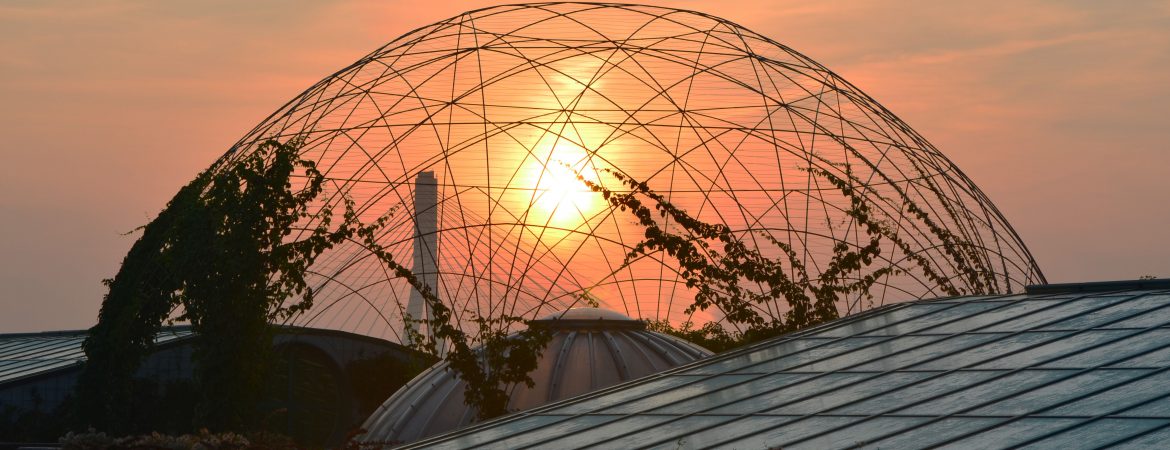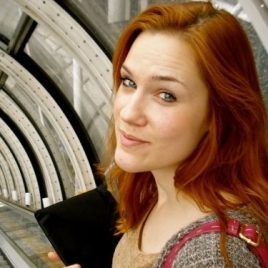Warsaw, apart from being the capital of Poland, is also well-known for being one of the biggest academic cities in the country. The best universities and art academies are situated there, most of them occupying some great architectural building. One of the most interesting ones is the new building of Warsaw University Library, simply called by the city's inhabitants "BUW" (from Polish translation of Warsaw University Library: Biblioteka Uniwersytetu Warszawskiego). It’s a unique spot where the students (among others) can not only study, research, and read, but also relax, have coffee and touch a bit of cultural life. The diverse construction has won many architectural and design awards. This eccentric combination of green, steel, glass and copper has surface of about 60 000 m2, in which nearly 40 000m2 is the actual library. However, first was the institution, so let’s go back in time…


The beginning of Warsaw University Library is dated back to 1816, when the actual Warsaw University (then Royal) was founded. For the first two years, the library had been operating strictly within the University until, in 1818, it was opened for the public. It was first placed in the Kazimierzowski Palace, where the whole University was located. At the time, the character of the collection was mainly humanistic. Thanks to the compulsory editorial copy the Library gained in 1819, it could receive all the current work published within the Polish Kingdom during the time of the Russian annexation. The most precious volumes were stored in the Prints Cabinet, including the Polish kings' collection. At the moment of the outbreak of the Second World War, the Library had around one million units of work. During the occupation, all the libraries were joined together and named Staatsbibliothek Warschau. However, the Warsaw University Library was still actively performing by illegally sharing the collection with the secret universities in Warsaw and Poznań. The first years after the War were mostly dedicated to searching and arranging the collection spread all over the country and abroad.
In 1993, there was a competition opened for designing the new building of the Warsaw University Library, the institution needed its own place that would proudly represent it in the country and worldwide. The first prize received two Polish architects: Marek Budzyński and Zbigniew Badowski. Library new home was ready in 1999 and it’s truly exquisite!


BUW is located near the Vistula River in the district called Powiśle, close to Copernicus Science Center and the beautiful riverbanks. The awarded project connected everything: functionality, modernity, and the simultaneous fusion of nature and culture. The elevation from the side of Dobra Street is decorated with eight monumental panels made from patinated copper. Each of these refers to the important work of world cultural heritage. The panels literally present extracts from following volumes: written with old Polish dialect „Lecture on Virtue” by Jan Kochanowski, old Russian „Novel of the Past Years” from the beginning of 12th century, Ancient Greek „Fajdros” by Plato, Arabic „Book of Animals” by Al-Jahiz, Hebrew Book of Ezekiel and Sanskrit „Rygveda” and two notation: mathematical-physical formula and musical score, B-Moll Study by Polish composer Karol Szymanowski. In 2004, the part of the steel construction from the storage sector of the old building was set by the main entrance; it’s the only such example of 19th century librarian scaffolding and became a symbolic transition between the past and the present.
A real gem is the chashitsu Kaian, a traditional Japanese pavilion of tea, located on the second floor of the Library. It was founded as a gift by the firm Kyoei Steel to the Department of Oriental Studies. Various workshops and lectures, focused mostly on Japanese culture, are usually placed there.


The flora of the top garden was planted in the 30 centimeters layer of soil spread on the roof. It has several sectors differing from each other with color, form, and even scent. There is the Golden Garden, in the north part, all sunk in yellow and orange. Another one, Silver, includes white blooming flowers and silver-leaves willows. Carmine Garden is full of pink and red bushes. The last one is the Green Garden, which slowly turns into the Blue one and it’s situated above the front crescent-shape edifice assigned for commercial purpose, where the visitors can have coffee or lunch. There is also the Entrance Garden, which covers the slip-way, completely dressed in ivy and periwinkle.


The Warsaw University Library also willingly hosts many cultural and scientific events. In October, visitors could admire the exhibition „See the Translator”, which is the collection of photographs portraying famous literature translators shot by Renata Dąbrowska. There was also an event and display celebrating the 500th anniversary of the Reformation called „Read and Judge with the Pure Heart”. Along with the aforementioned exhibition, there are also lectures focused on this period of European history. BUW green entourage, especially at the Roof Garden, also favors activities such as concerts, open-air cinema,f and various receptions.


While visiting Warsaw, popping around to BUW is surely a good idea as it’s something different, but still strongly based in the history and culture of the city. It’s definitely one of the kind with the close company of nature, books and good coffee. You can come there simply to relax (though sympathizing with all hard-working students around). The garden and the library is opened all year so, despite the season, come up and admire the view!











